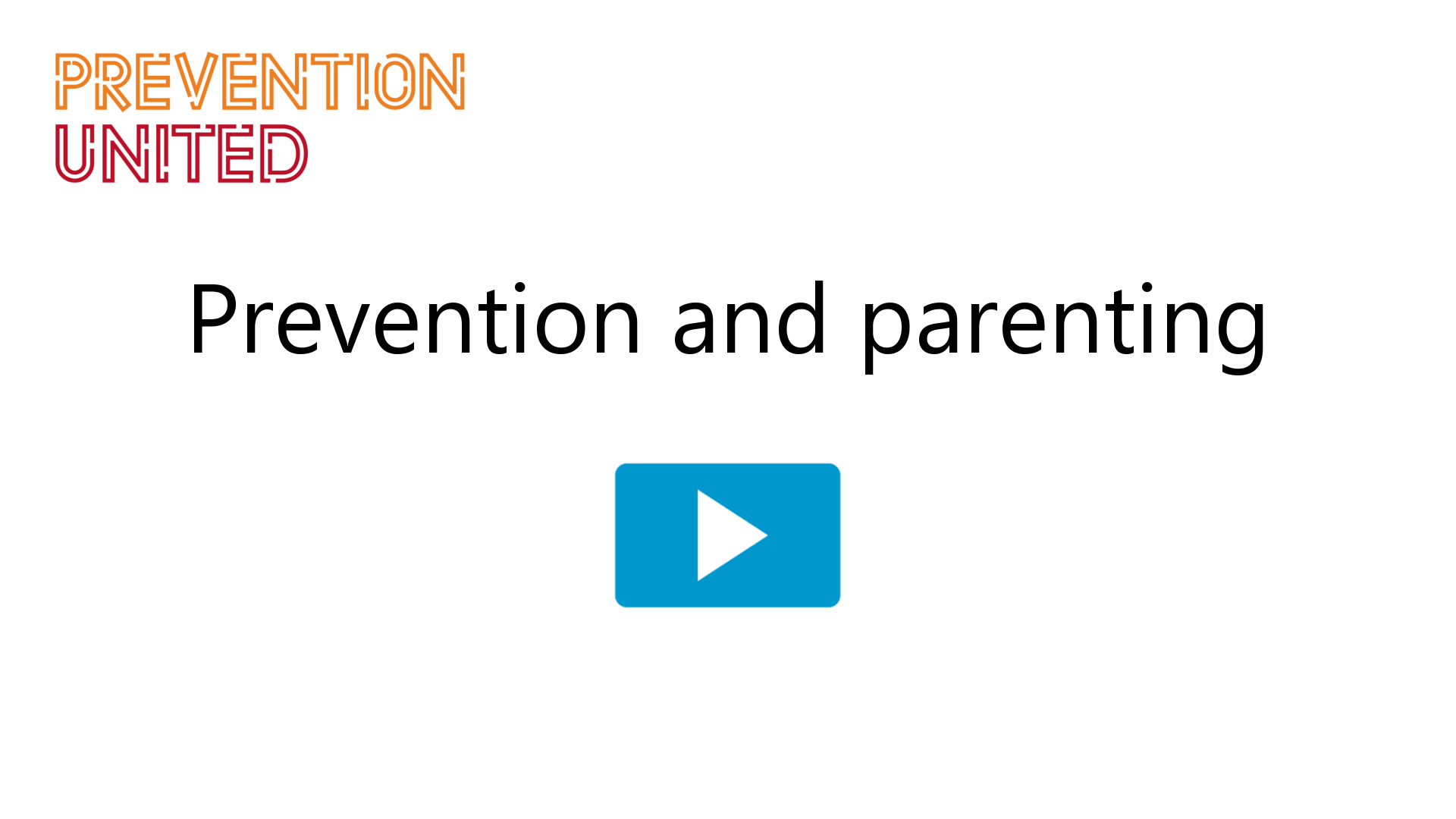In essence, there are two ways that we can prevent mental health conditions. We can reduce people’s exposure to the factors that contribute to these conditions and/or increase their exposure to the factors that protect against these conditions.
What are the risk factors for mental health conditions?
Risk factors can be any biological, psychological or social influences that increase our odds of experiencing a mental health condition.
Risk factors may be unique to each individual or they may be factors in our social environments that impact us all. Some risk factors are also unique to a particular mental health condition, while others play a role in multiple conditions.
Research shows that there is no one single risk factor for any mental health condition, but rather these conditions usually result from a range of factors happening together or over time. For some people, exposure to just one risk factor may lead to a mental health condition, while for others it is exposure to multiple factors that contribute to a condition. Some risk factors appear to be more influential than others, for example child abuse, especially child sexual abuse, is a particularly strong risk factor that has been implicated in a wide range of conditions including depression, PTSD, psychosis, eating disorders and attempted suicide.
Not all people who are exposed to a risk factor will develop a mental health condition because one or more protective factors may help to counter-balance these negative experiences. At this stage however, there is no way of predicting who will experience difficulties and who will not, and so we need to try to reduce everyone’s exposure to risk factors.
PERSONAL FACTORS
Demographic
- Age (most conditions start in childhood or adolescence, but can occur at any age)
- Gender
Behavioural
- Unhealthy diet
- Sedentary lifestyle with limited physical activity
- Poor sleep hygiene (change in circadian rhythms)
- Smoking, excess alcohol use and illicit drug use
Biological
- Genetic predisposition (e.g. family history)
- Parental age at conception
- Exposure to infections before birth (in utero)
- Low birthweight
- Gut/immune/neuroendocrine dysfunction
- Certain disabilities
- Physical illness and chronic pain
Psychological
- Low mental wellbeing
- Neurotic personality attributes
- Difficulty regulating one’s emotions
- Limited problem solving, communication or social skills
- Low self-esteem
- Limited sense of autonomy or personal control
- Pessimistic outlook on life
ENVIRONMENTAL FACTORS
Parenting and family environment
- Insecure attachment to parents/carers
- Harsh parenting style
- Poor parent health or mental health
Other relationships
- Social isolation and low social support
- Loneliness
- Relationship breakdown
- Death of a loved one
Traumatic or stressful life experience
- Neglect or sexual/physical/emotional abuse
- Experience of or exposure to domestic violence
- Experience of other violence/assault
- Bullying and cyberbullying
- Job stress
- Racism, homophobia and discrimination
- Loss of independence
- Moving into residential aged care
Socioeconomic
- Living in poverty or under financial stress
- Being homeless
- Unemployment, retrenchment and non-voluntary retirement
Society
- Unrealistic social norms around body image
- Major economic downturns
- War or armed conflict
What are the protective factors for mental health conditions?
Another way to prevent mental health conditions is to increase people’s exposure to protective factors. Some protective factors are just the opposite of risk factors while others are unique.
Resilience appears to be a particularly important protective factor. The term resilience is used to describe a person’s ability to cope under stress or bounce back from adversity. While everyone is vulnerable to some extent, resilience is the ability to maintain psychological equilibrium in the face of significant stress or trauma, or to rebound reasonably soon after a temporary dip in wellbeing.
Resilience is dynamic. We may experience greater or lesser resilience at particular times of our life and in particular circumstances. Some people consistently display high levels of resilience, others somewhat lower levels, while many fluctuate in between. Everyone is different.
We are not born with resilience but instead we develop it over the course of our entire life. Resilience can develop without conscious effort, however we can also be taught resilience and learn and practice the social and emotional skills that help to increase resilience. Learning these skills can be worthwhile as research shows people with higher levels of resilience experience higher levels of mental wellbeing and lower rates of mental health conditions.
Resilience appears to stem from a mix of internal attributes and external supports in our life. Internal factors include:
- Self-belief and self-efficacy – a belief that ‘I can do this’
- Self-reliance and determination – the ability to take action and keep persisting
- Good social skills – the ability to get on well with others
- Good problem solving skills – the ability to think through, plan, and act to resolve problems
- Good emotional regulation – the ability to modulate or manage negative emotions
- Optimism – the ability to maintain a positive ‘glass-half-full’ outlook on life
External factors include:
- Secure attachment to one’s parents or caregivers – feeling safe and loved and that you can trust and depend on people
- Parental warmth, encouragement and guidance – caring and supportive parents who promote positive values, allow sensible risk-taking but set clear expectations around boundaries
- Positive social relationships – having at least one person who believes in you, and having people in your life that you can turn to and depend on during difficult times
- Socioeconomic circumstances – adequate access to financial resources and other material basics
It is not just a question of whether a person has these protective psychological, social and economic resources available, it is also about how well a person puts them to use. For example, a person who has a good support network, but prefers to be self-reliant and does not ask for assistance during challenging times, may not experience the same level of resilience as someone who turns to their support network for advice or assistance.
Balancing risk and resilience
Promoting mental wellbeing and preventing mental health conditions depends on increasing people’s access to the protective factors that contribute to resilience while simultaneously reducing their exposure to risk factors. Prevention United believes that both are important and achievable.
However, while it is helpful to acquire some of the personal, social and emotional skills that help us to effectively manage everyday stresses and challenges, no-one should be expected to ‘just deal with’ traumatic life experiences like child abuse, bullying, violence, discrimination or exploitation. These things should never occur and we have a shared responsibility as a society to stamp them out.
References used:
- Campion, J. (2013). Public mental health: the local tangibles. The Psychiatrist, 37, 238-243.
- Commonwealth Department of Health and Aged Care (2000). Promotion, Prevention and Early Intervention for Mental Health—a Monograph, Mental Health and Special Programs Branch, Commonwealth Department of Health and Aged Care: Canberra.
- Furber, G., Leach, M., Guy, S., & Segal, L. (2017). Developing a broad categorisation scheme to describe risk factors for mental illness, for use in prevention policy and planning. Australian & New Zealand Journal of Psychiatry. 51(3), 230–240. DOI: 10.1177/0004867416642844
- Earvolino‐Ramirez, M. (2007) Resilience: a concept analysis. Nursing Forum, 42, 73–82.




